DJIBOUTI - A group of Air Force pararescuemen and an Army Site Security Team (SST) conducted a rescue mission for survivors of an aircraft crash near Djibouti Feb. 26.
The disaster was part of an exercise scenario, but the response was anything but simulated.
Complete with actors representing local nationals, this exercise afforded the teams a realistic training experience similar to what they could encounter at any time in the African operating area. According to Air Force Capt. Marcus Truman, commander, 82nd Expeditionary Rescue Squadron, planning and coordination are extremely important to the successful execution of any complex mission. A full mission rehearsal with all the players in a real environment, such as this, is where a team's tactics, techniques and procedures are validated, he said.
"This is where we learn what works and what doesn't when faced with actual environmental factors - but in simulated conditions we can control," Truman said, adding that a real-world mission is not the appropriate time to see what works and what doesn't.
The scenario, played out amid the rock-strewn sands of the Grand Bara Desert, began with one of two survivors of an airplane crash calling for assistance from friendly forces in the area.
Delirious from heat and looking after his injured partner, U.S. Air Force Staff Sgt. James Edmonds guided a Hercules C-130P aircraft from the 81st Expeditionary Rescue Squadron to his location via radio.
When the aircrew had a fix on where Sgt. Edmonds and his teammate had found shelter, they landed the Hercules on a dry lakebed a few miles away and offloaded the personnel recovery task force, which quickly made its way to the survivors on all-terrain vehicles.
Once the recovery team contacted the survivors and verified their identities, the pararescuemen, also known as PJs, went to work treating injuries, and the Army security element surrounded the group. While the PJs practiced their lifesaving skills on Sr. Airman Kayla Marcille, who complained of several injuries and memory loss, the security team dealt with the actors playing the roles of unknown civilians.
Dressed in a manner consistent with the local population, the role players attempted to move in closer to the survivors; it was the task of the security element to keep them back while the scenario played out.
"The use of [role players] allows us to test our security, and more importantly, identify weaknesses in it, so we can improve upon our primary focus within the PRTF which is security," said Army Lt. Adam Berry, SST commander.
Once the victims had been treated and prepared to move, the entire team tore out across the desert to the lakebed where the HC-130 was circling, waiting to land. Once on the ground, the SST once again formed a perimeter around the group while the team loaded onto the idling aircraft. In minutes the HC-130 was airborne again, en route to safety with all friendly forces aboard. Carrying out the scenario to its full completion ensured any aspect of the operation that needed extra attention could be highlighted, providing invaluable insight to the military units involved.
"Full mission profile exercises are the best way to evaluate a unit's ability to execute the mission for which they've been tasked," Truman said.
Related Links:
Follow U.S. Army Africa on Twitter
Join the U.S. Army Africa conversation on Facebook
View U.S. Army Africa photos on Flickr
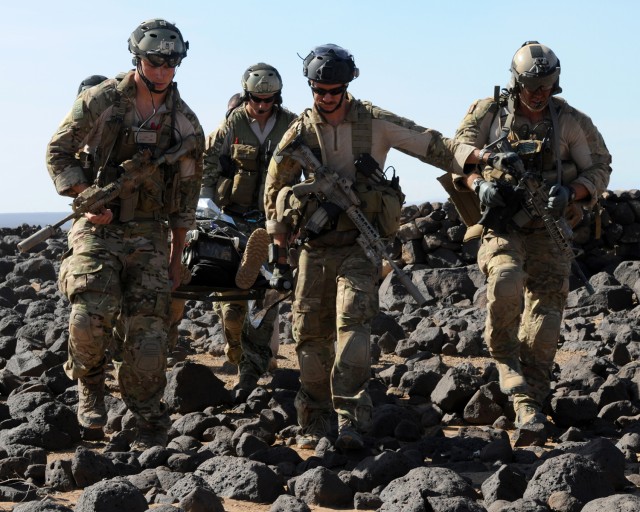
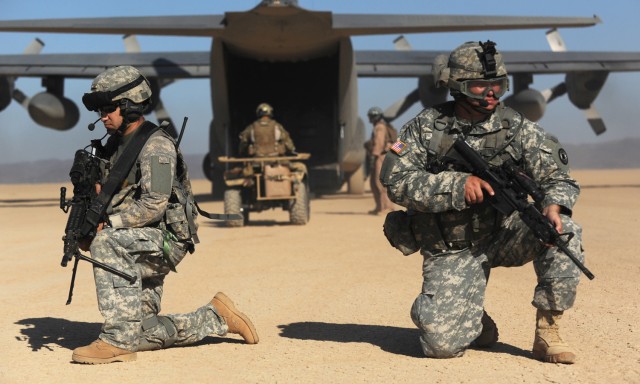

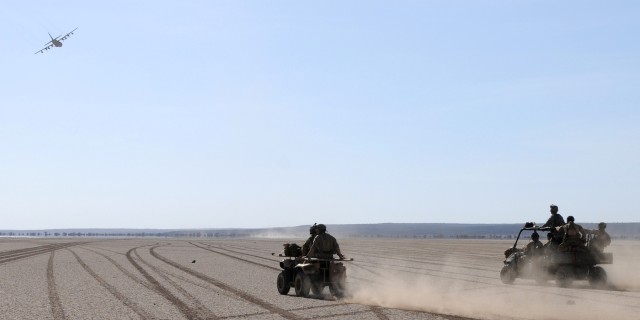
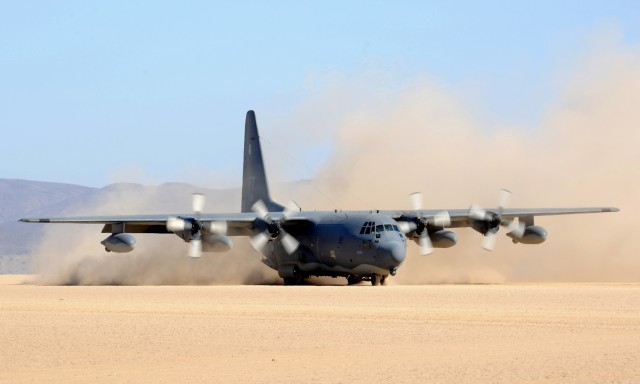
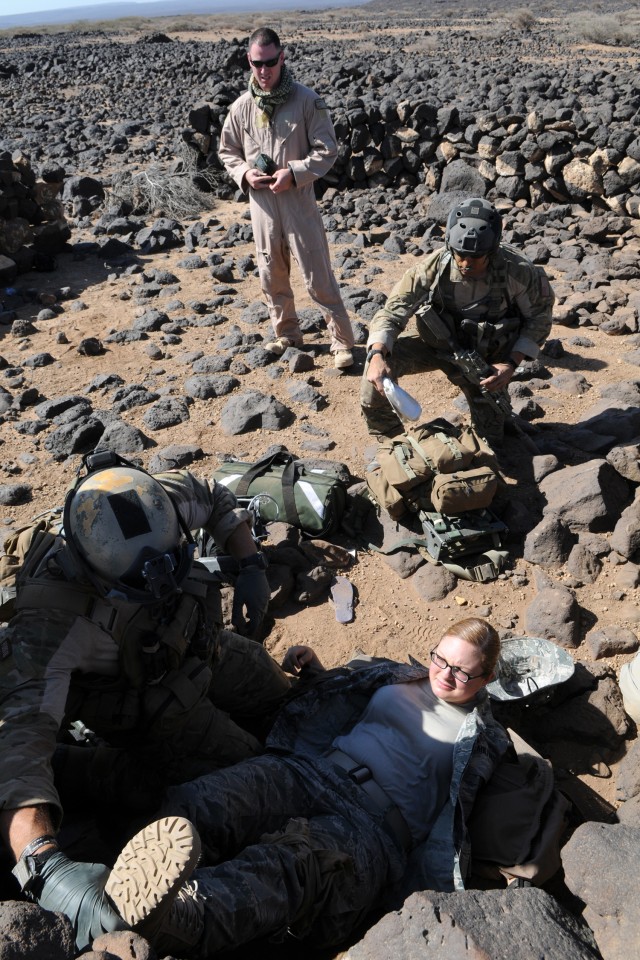
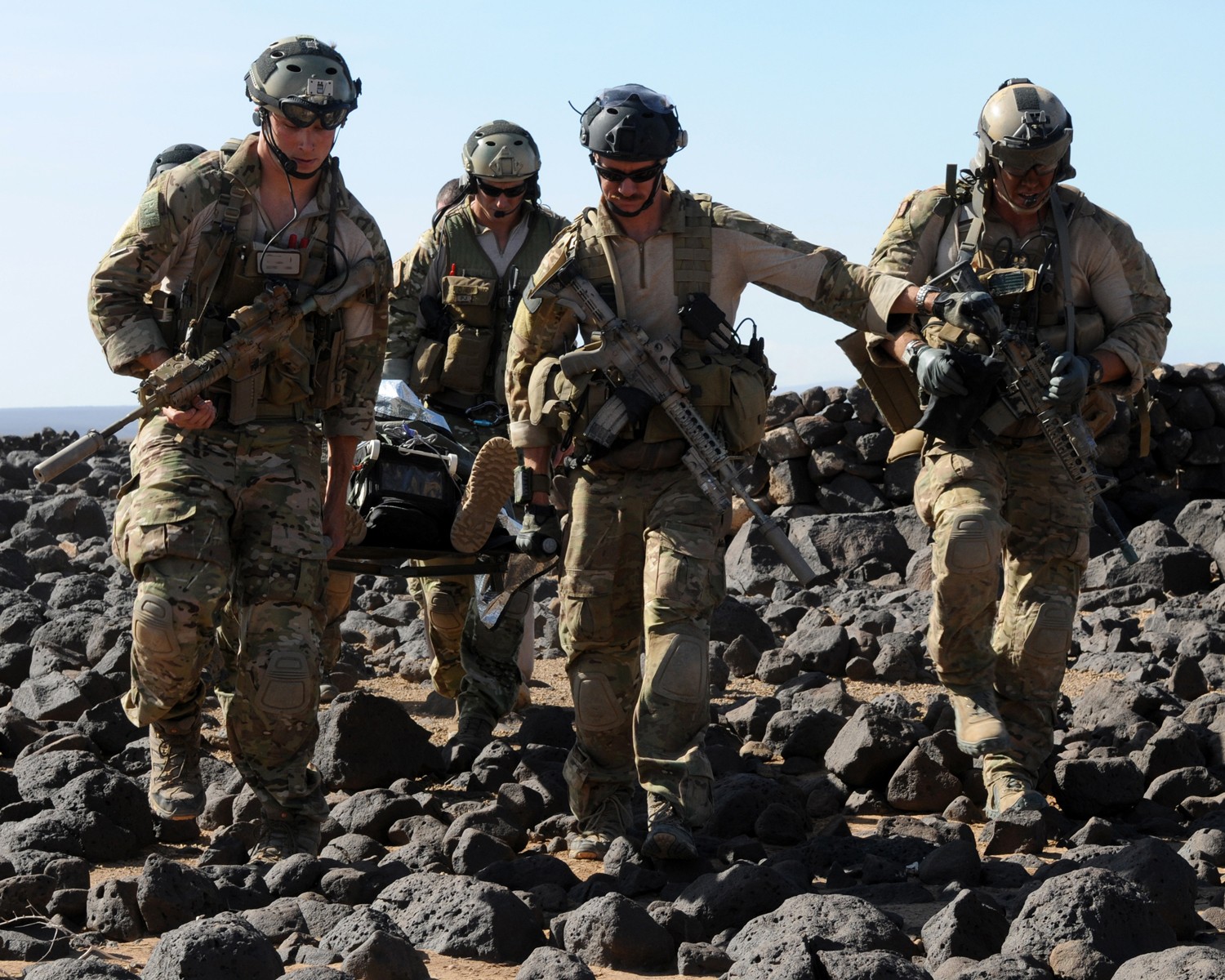
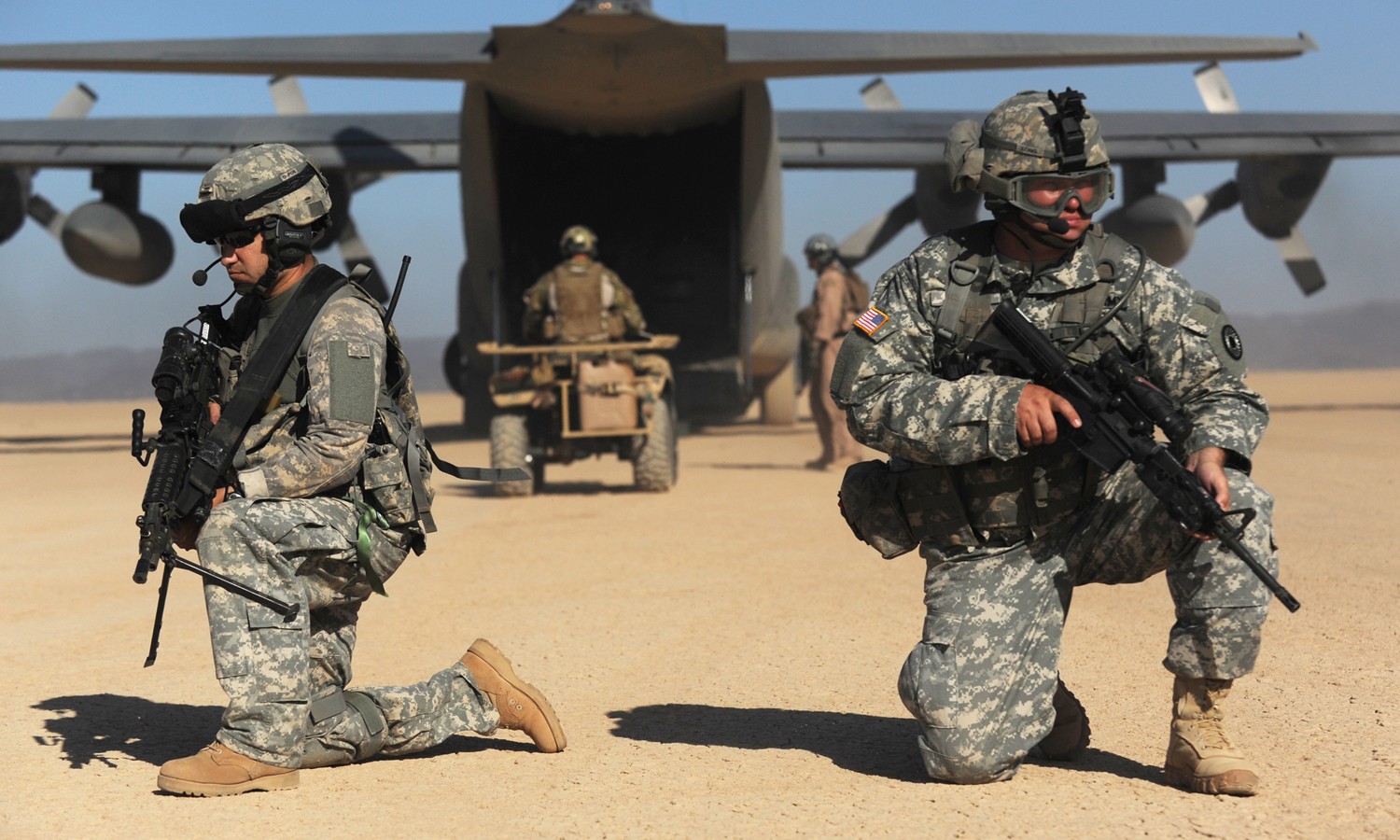
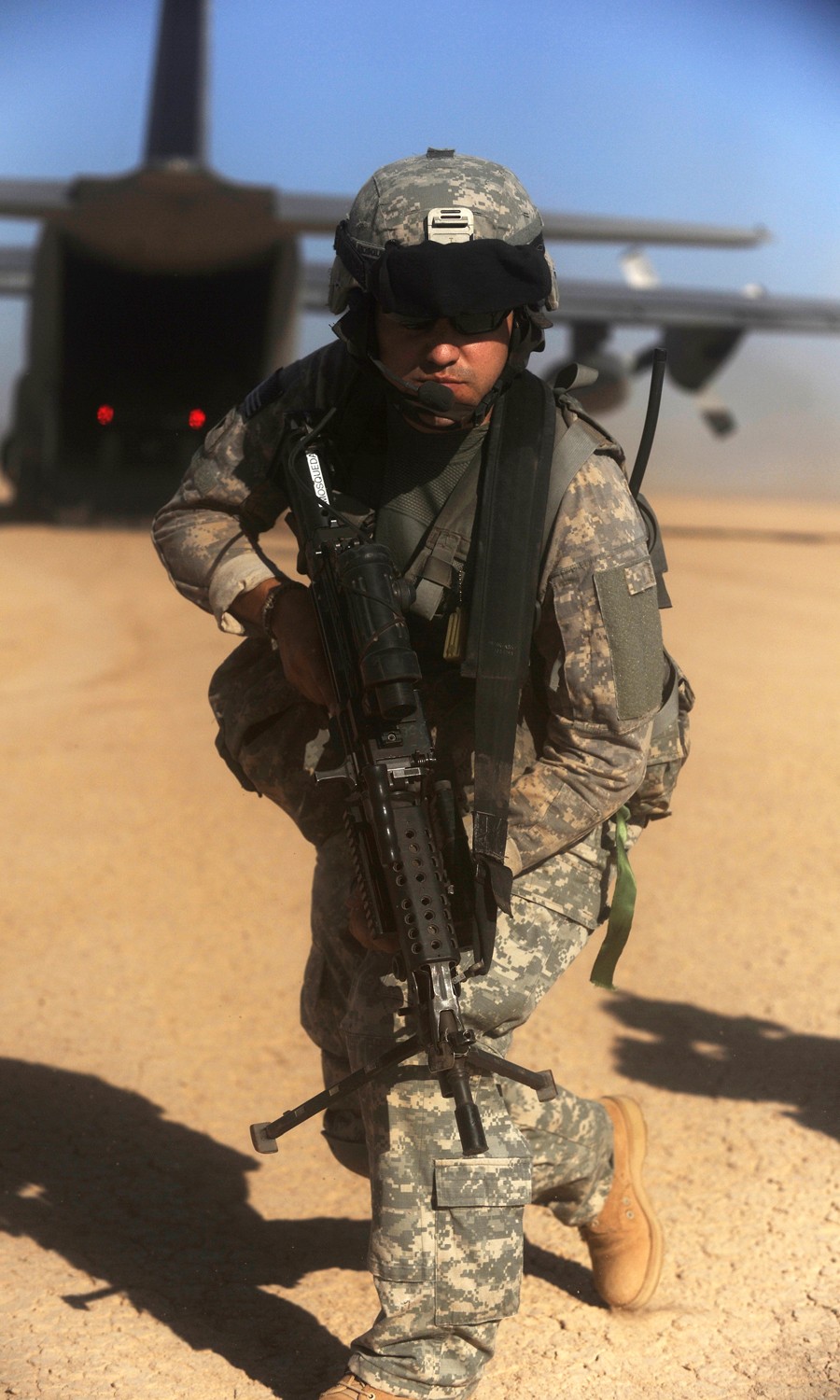
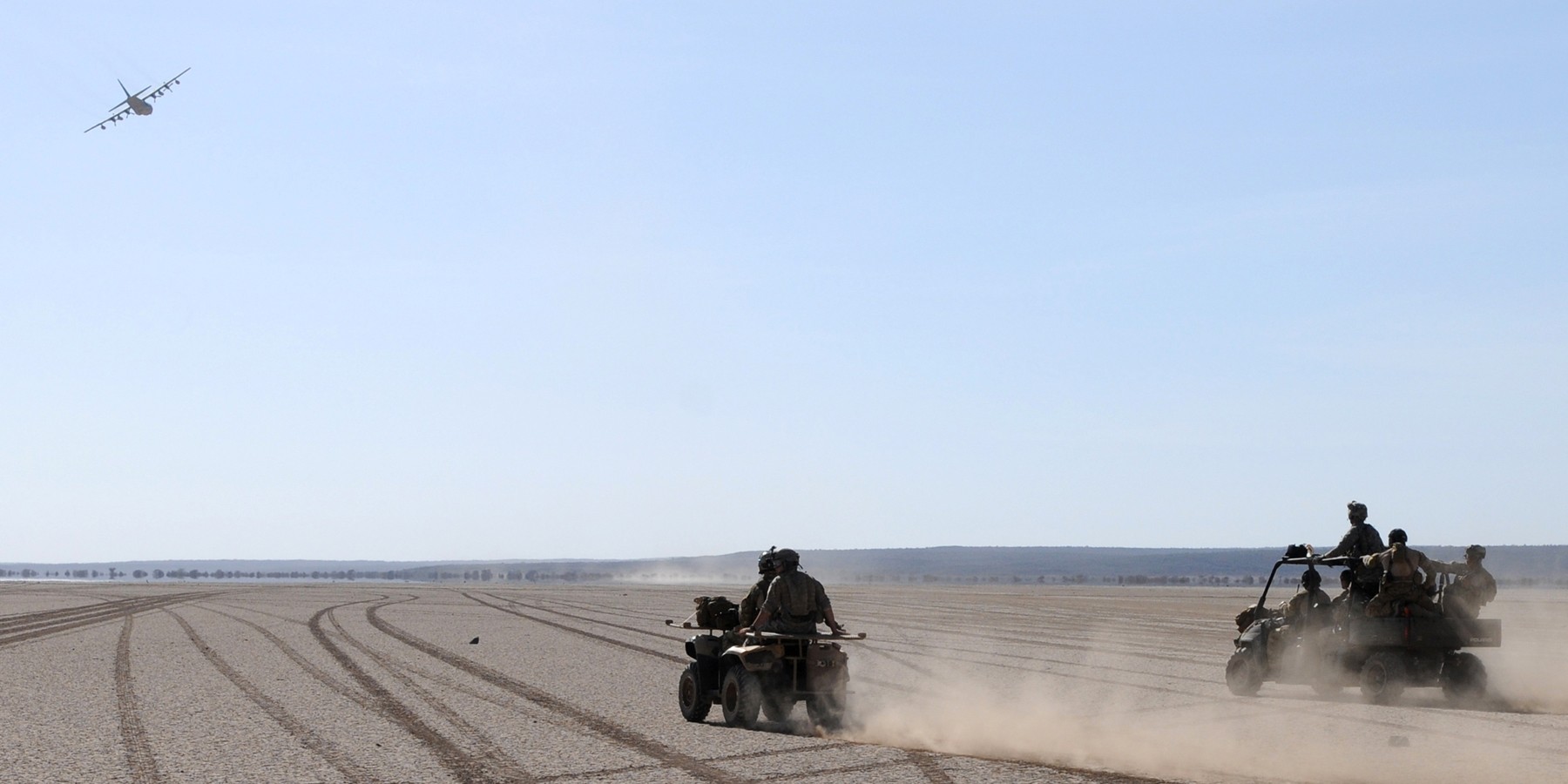
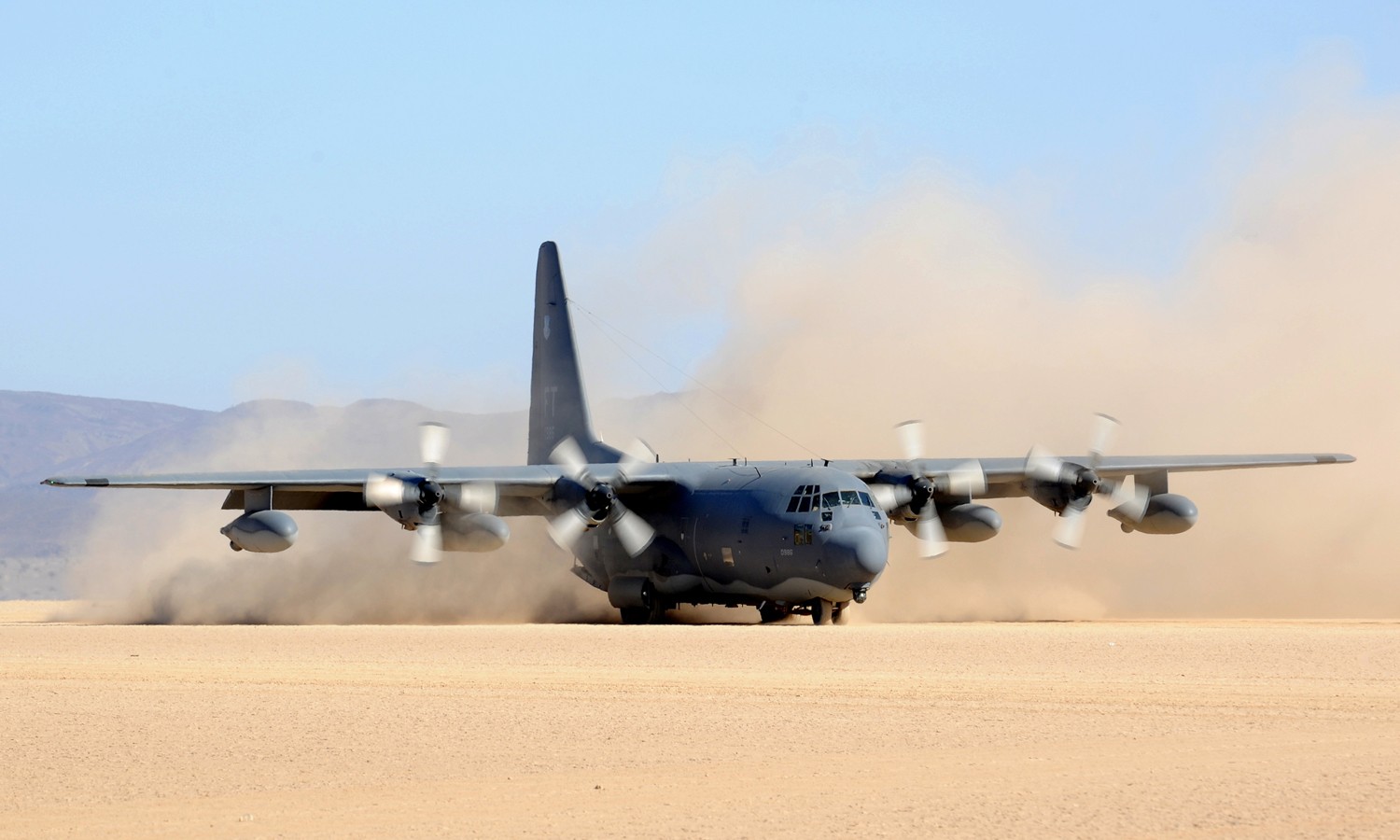

Social Sharing